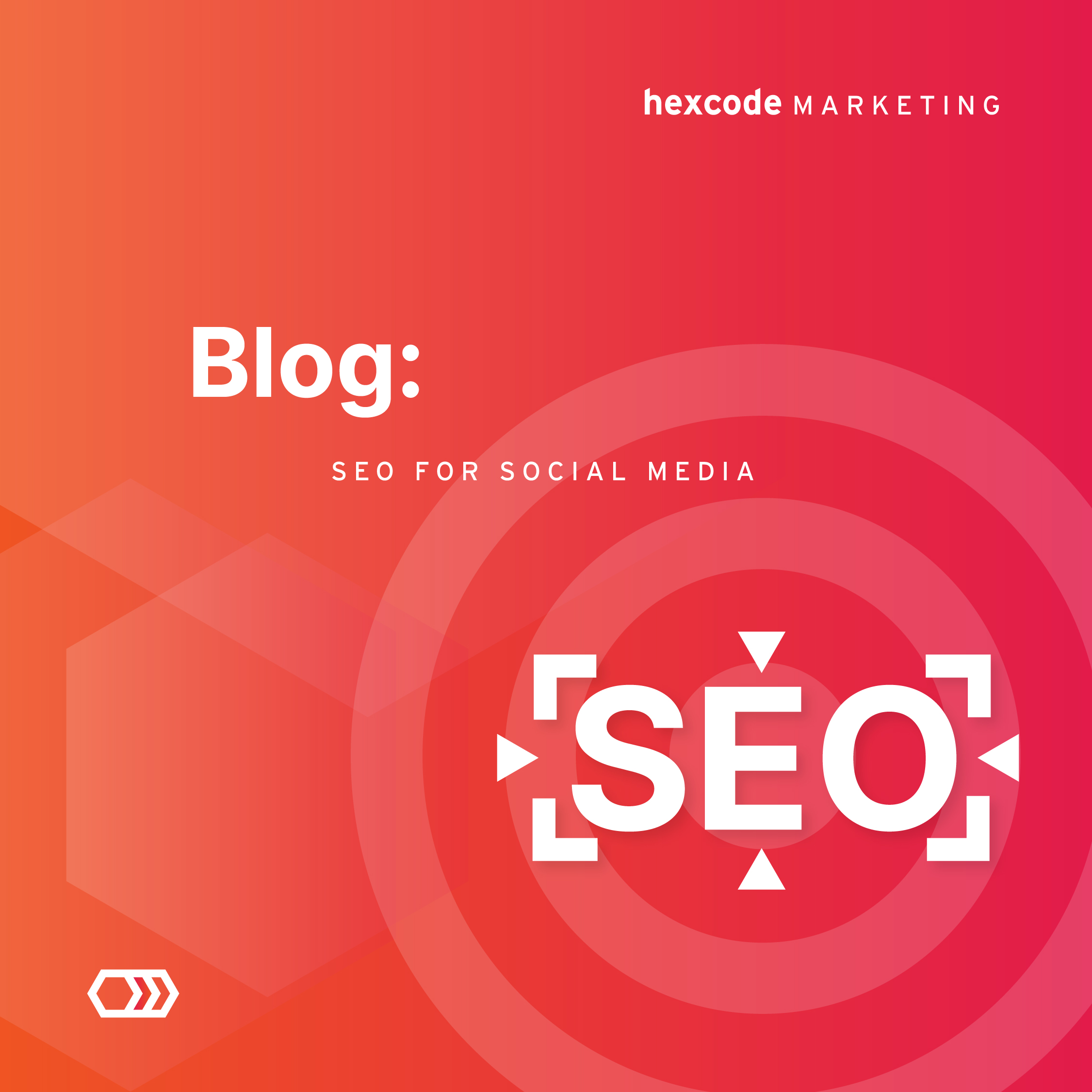When you hear SEO you automatically think about all the search engines like Google, Bing, Yahoo, and so on. You go directly to thinking about your website– Do you use the right keywords? Do you have engaging images? What about fast loading times? While all of that is important, nowadays you need to think about SEO across your social media platforms just as much as you do your website. As younger generations start to search for services and products, they are actually turning more and more to social media pages instead of websites. We’re not talking about all of the groups on social platforms like Facebook and Nextdoor where people can ask “Who has the best pizza in town?” Using keywords, hashtags, and other tools can improve your chances for SEO and social media algorithms to “learn” that your content is relevant and trustworthy.
In its infancy, social platforms were less for showing the culture of a business, and more about the services or products that were offered. Now any strategic content strategy shows more than just what you’re selling. Algorithms on all social platforms look at what content users engage with to decide what content shows up in feeds. These algorithms are ultimately the gatekeepers to your customers. If they don’t think your content is something people are looking for or interested in then you are kicked to the bottom of the feed. As you create your content you should keep in mind what their wants, needs, and pain points are. You need your content to address those issues in an engaging way to skyrocket your content to the top as people start scrolling. Once you have your content planned out, it’s also about making thumb-stopping content that your audience will engage with.
How do you show up for people that don’t follow you? Keywords, keywords, keywords. Yes, there are some other things you’ll want to do, but keywords are so important. You also need to think about making your content socially accessible. Alt text not only categorizes your content to make it more discoverable but also makes it possible for screen readers to describe images and GIFs. If you’re posting a video make sure it’s captioned. Each social platform has its own social accessibility practices they put into their algorithms, so using social accessibility, social listening, and data analysis your channels will have a new form of SEO and maximize your search results. If you use the following two items to their full potential you can optimize your content and increase your presence across all social media platforms.
- Keywords– Find the top keywords used in your industry that are associated with your brand. You want to use long and short-tail keywords and include them in your profile, not just your feed. Short-tail keywords are going to be very broad in scope like “pizza” or “marketing.” Long-tail keywords are typically 3 or more words and are more specific as in “gluten-free pizza” and “social media marketing companies.” Use a combination of both to hit a keyword homerun.
- Hashtags– These things of beauty are not only searchable but also clickable. These are different from keywords and will pertain to a topic rather than a keyword. While you might use pizza as a keyword and #pizza, hashtags will help a specific post be found while keywords will help your page show up.
- Description page– Your description, commonly known as your bio, should have relevant keywords and links, but also needs to be consistent across all your social channels. You don’t want your Instagram to say one thing, but your LinkedIn to say something completely different.
Social media pages are quickly becoming the new search engine. If you need help coming up with a strategic social media plan to launch you to the top of search results on your social platforms, Hexcode Marketing is here to help. Working with you to tell your brand’s story and initiate a strategic content plan that will engage your current audience as well as increase your audience is something we do very well. Call us today to make sure your social pages are filled with keywords, hashtags, and content that is rich with social media SEO content.














